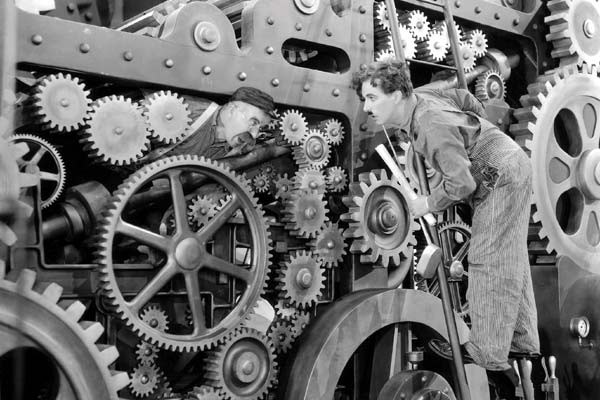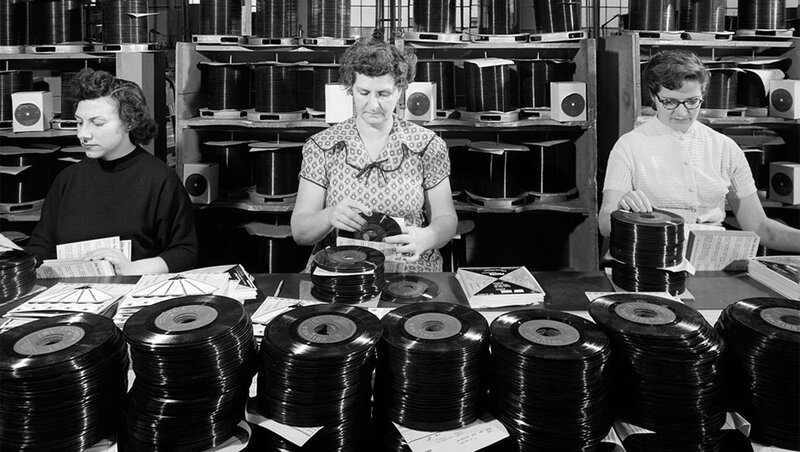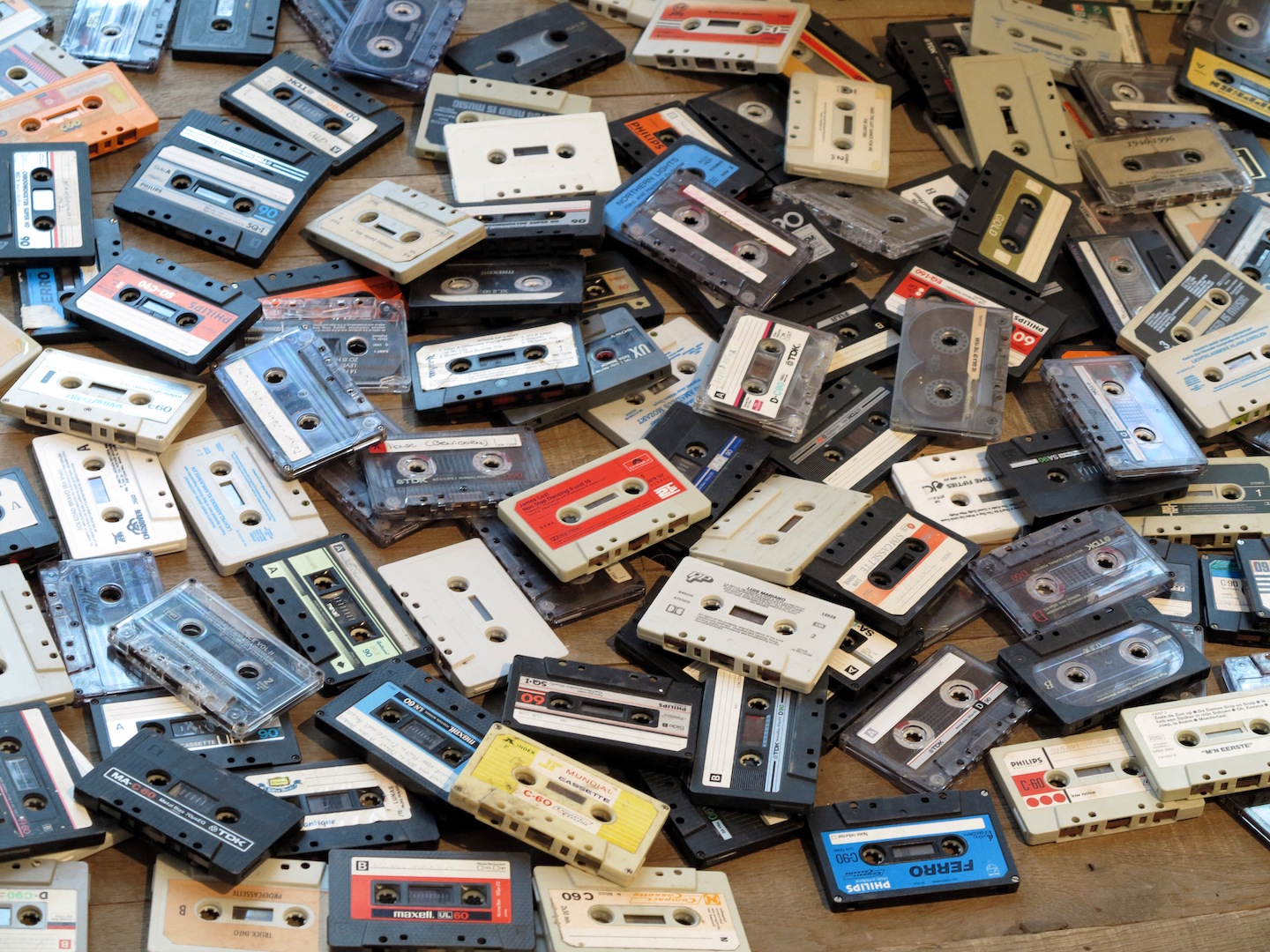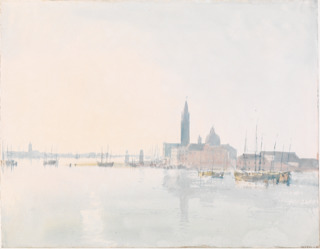You should know that music and the music industry are two distinct entities. It is possible for the first not to be necessarily obliged to go through the second to exist. The music industry, also known as the recording industry, refers to activities that contribute to the supply of musical products obtained through an industrial process of reproduction. Music, on the other hand, appeared long before the music industry. It is not possible to date the appearance of music because it is as old as that of civilizations. Today, this field has become of paramount importance in our society.
The beginnings of the music industry – XIXth century
Music appeared long before the music industry. It is not really possible to date the appearance of music because it is as old as that of civilizations. Music was literally transformed in the 20th century. With the birth of the mass society, the growth of industry and the development of metropolises, social and cultural renewals will give another dimension to this art. This period will be called modern times.  In addition, until now, music was transmitted live during operas or concerts. It will take on another dimension from the moment it can be captured and listened to thanks to technological innovations. These transformations will propel music into the commercial field. This will make it take on the form we know it today over time. We thus enter the great adventure of the music industry. Like most genesis, the origin of the sound industry is controversial. The first device to memorize a sound was created in 1860 by Scott. Nevertheless, after technological contributions from Thomas Edison (including the phonogram in 1877), it was Graham Bell who invented the graphophone in 1885. It is a device that captures sound in a wax cylinder to then be able to restore it. With its creation, we are in the early stages of the music industry. Almost 10 years later, it is the German Berliner who innovates with the first record. After years of resistance, the cylinder will finally be abandoned in favor of the latter. It is he who will inspire many creations such as the sound recording device, the LP disc in 1948.
In addition, until now, music was transmitted live during operas or concerts. It will take on another dimension from the moment it can be captured and listened to thanks to technological innovations. These transformations will propel music into the commercial field. This will make it take on the form we know it today over time. We thus enter the great adventure of the music industry. Like most genesis, the origin of the sound industry is controversial. The first device to memorize a sound was created in 1860 by Scott. Nevertheless, after technological contributions from Thomas Edison (including the phonogram in 1877), it was Graham Bell who invented the graphophone in 1885. It is a device that captures sound in a wax cylinder to then be able to restore it. With its creation, we are in the early stages of the music industry. Almost 10 years later, it is the German Berliner who innovates with the first record. After years of resistance, the cylinder will finally be abandoned in favor of the latter. It is he who will inspire many creations such as the sound recording device, the LP disc in 1948. 
The strong growth of the music industry – 1948
After World War 2, and before streaming in the 2000s, three inventions revolutionized the music industry: vinyl, audio cassette and CD. First of all, the vinyl called the microgroove appeared in 1946 in the United States thanks to the Columbia firm which gives birth to the first modern turntables. As early as 1948, LPs were marketed. Their grain and refined sound quality, their technical superiority and their 30-minute recording for 33 rpm allow him to quickly meet success. The 45 rpm was then released in the late 1970s and was generalized and appreciated by DJs and free radio.  Then, the audio cassette arrived on the market during the 1970s after several years of research and development by Phillips. The first cassettes had a reversible side, for a maximum playback time of 45 minutes of stereo sound per side, and therefore much longer than the playback time of vinyl. The cassettes came with a much more compact and accessible box. The small size of cassettes allowed the emergence of portable players. This represents a considerable step forward in the history of music listening habits. The cassette also adapted perfectly to the post-war period. The population boom and the expansion of the suburbs have created a need for cars…! This has led to a craze for nomadic formats and reading systems.
Then, the audio cassette arrived on the market during the 1970s after several years of research and development by Phillips. The first cassettes had a reversible side, for a maximum playback time of 45 minutes of stereo sound per side, and therefore much longer than the playback time of vinyl. The cassettes came with a much more compact and accessible box. The small size of cassettes allowed the emergence of portable players. This represents a considerable step forward in the history of music listening habits. The cassette also adapted perfectly to the post-war period. The population boom and the expansion of the suburbs have created a need for cars…! This has led to a craze for nomadic formats and reading systems. 
The dematerialization of the music industry – 2000s
From the 2000s, music was revolutionized with the arrival of consumer internet connections and the birth of Napster that dynamited everything. You should know that this new way of consuming translates into both downloading and streaming. First of all, music downloading is the transfer of a musical work from one computer to another through a computer network. You should know that the download can be done legally, or illegally. In addition, streaming is defined as the streaming of content over the Internet. This technology makes it possible to listen to music online, without owning it. Illegal music downloading began in 1999 with the release of the Napster software. This program was created by Shawn Fanning when he was 17 years old. Subsequently, in 2003, iTunes is created, it is a legal download platform on the internet. It is these two inventions that are at the origin of the consumption of dematerialized music.  In addition, you should know that online listening now represents nearly 83% of the market. That's almost nine times more than record sales (9%). Streaming is by lawn the preferred mode of listening of the French. Paid platforms have stood out thanks to an interesting offer. A subscription of about ten euros for an unlimited service, without advertising or interruption. A less expensive system than the acquisition of several CDs, cassettes or vinyls. Especially since users have the ability to create their own playlists and share them. The market for the legal sale of dematerialized music is very competitive and the battle is raging between Spotify, Apple Music, Deezer, Youtube Music, to name a few. Namely that Spotify is the world leader and Deezer the French leader.
In addition, you should know that online listening now represents nearly 83% of the market. That's almost nine times more than record sales (9%). Streaming is by lawn the preferred mode of listening of the French. Paid platforms have stood out thanks to an interesting offer. A subscription of about ten euros for an unlimited service, without advertising or interruption. A less expensive system than the acquisition of several CDs, cassettes or vinyls. Especially since users have the ability to create their own playlists and share them. The market for the legal sale of dematerialized music is very competitive and the battle is raging between Spotify, Apple Music, Deezer, Youtube Music, to name a few. Namely that Spotify is the world leader and Deezer the French leader.  Between the beginnings of the music industry, vinyl, cassettes, CDs, downloading or streaming, music has constantly evolved its modes of distribution. By immersing herself in technological changes, she has managed to move from a physical medium to a totally dematerialized listening. Nowadays, music consumption is essentially through streaming Before becoming an art, music is above all a language and a communication tool. Over time it has necessarily evolved. Today, our relationship with music has completely changed. Only a century ago, it was limited to producing it yourself by singing or playing an instrument. And today, it's hard for many of us to imagine a day without music. We must realize how quickly the relationship between humans and music has evolved in just fifty years. Music is now a real social fact.
Between the beginnings of the music industry, vinyl, cassettes, CDs, downloading or streaming, music has constantly evolved its modes of distribution. By immersing herself in technological changes, she has managed to move from a physical medium to a totally dematerialized listening. Nowadays, music consumption is essentially through streaming Before becoming an art, music is above all a language and a communication tool. Over time it has necessarily evolved. Today, our relationship with music has completely changed. Only a century ago, it was limited to producing it yourself by singing or playing an instrument. And today, it's hard for many of us to imagine a day without music. We must realize how quickly the relationship between humans and music has evolved in just fifty years. Music is now a real social fact.



































![[Live Report] Rock En Seine 2024 : 20 ans et toujours aussi passionnés !](https://www.justfocus.fr/wp-content/uploads/2024/11/RES24_JOUR01_LANA-DEL-REY_LOUIS-COMAR-12.jpg)





